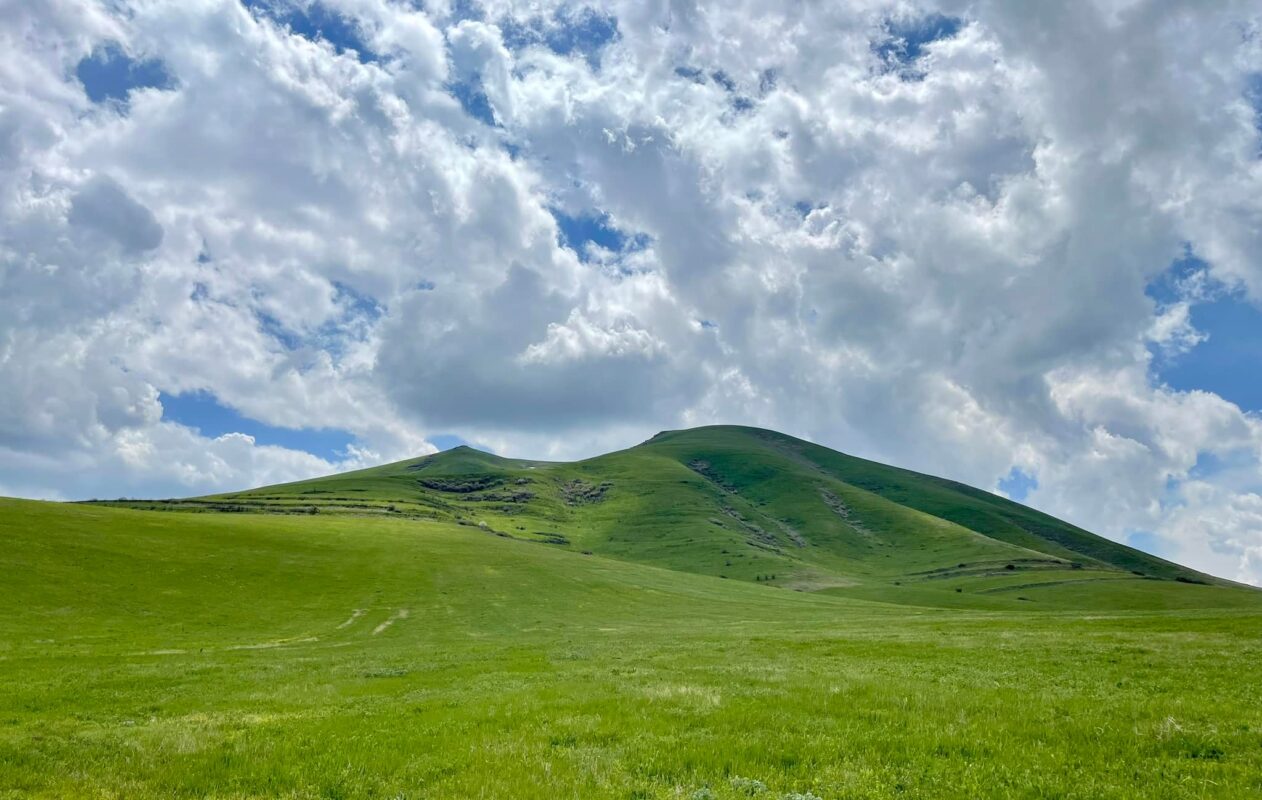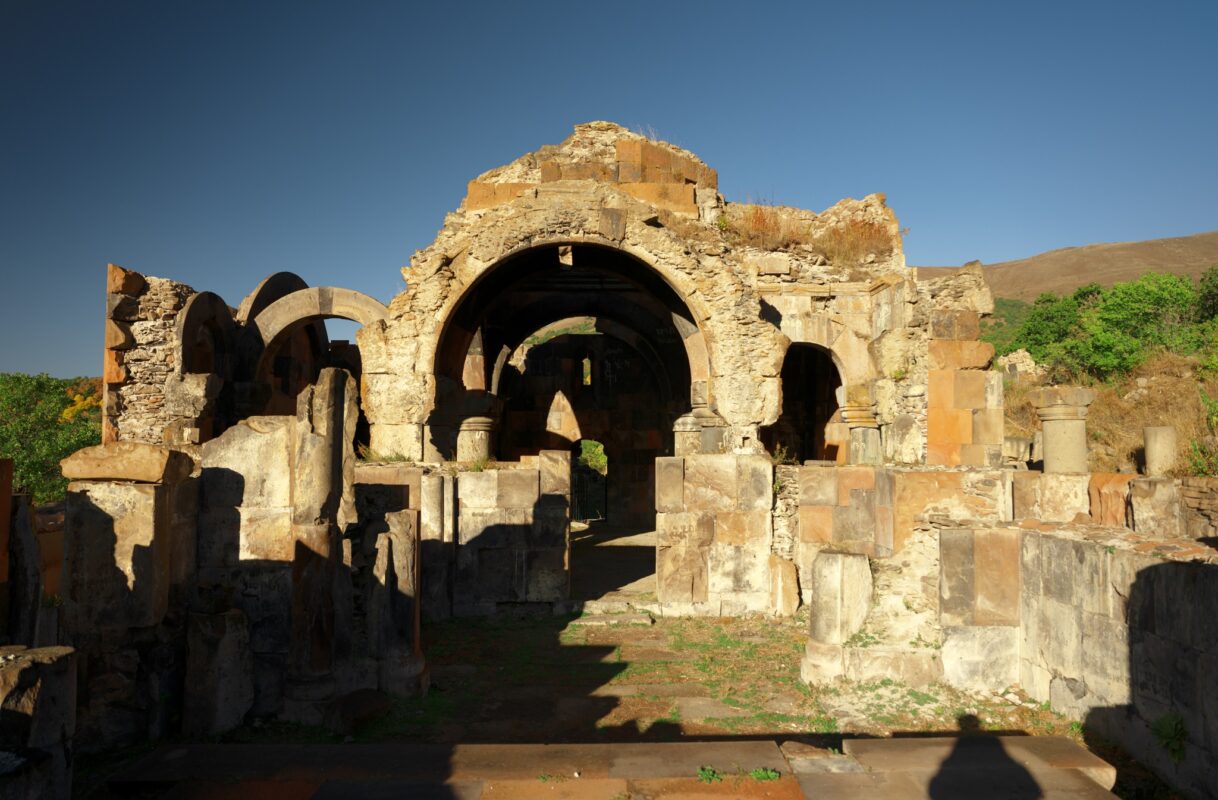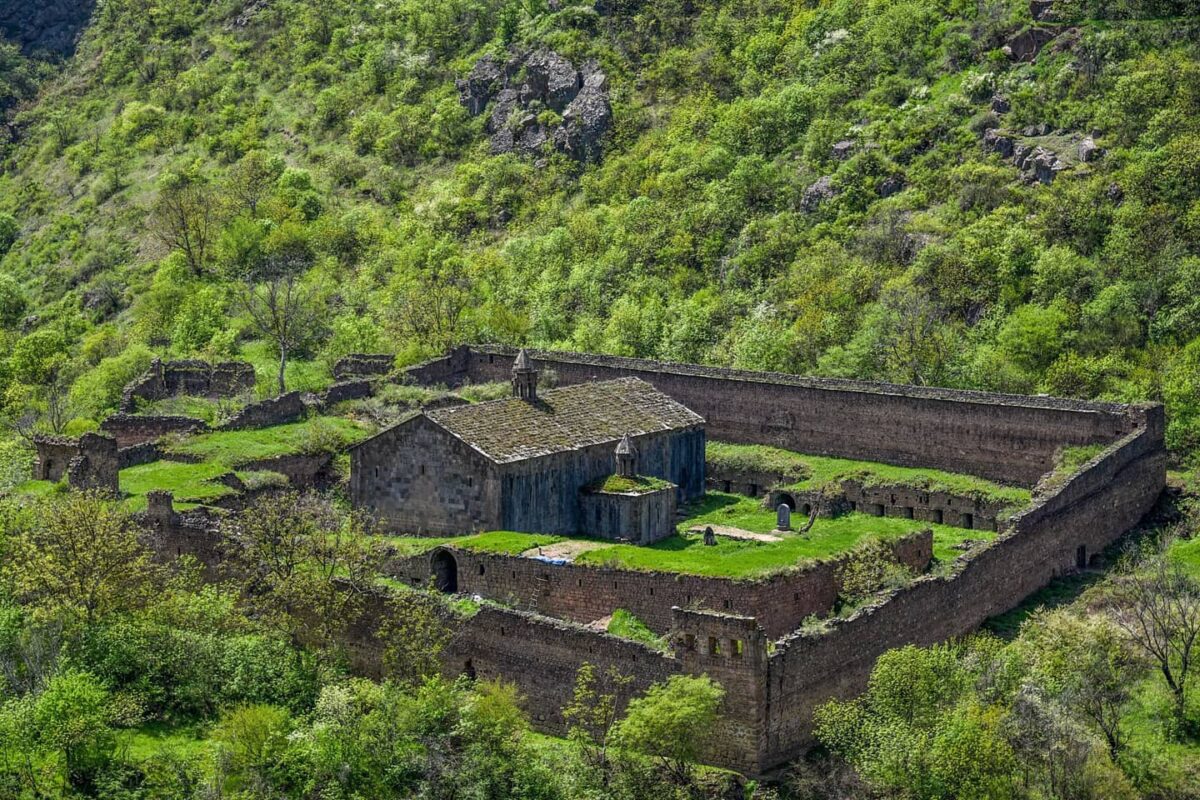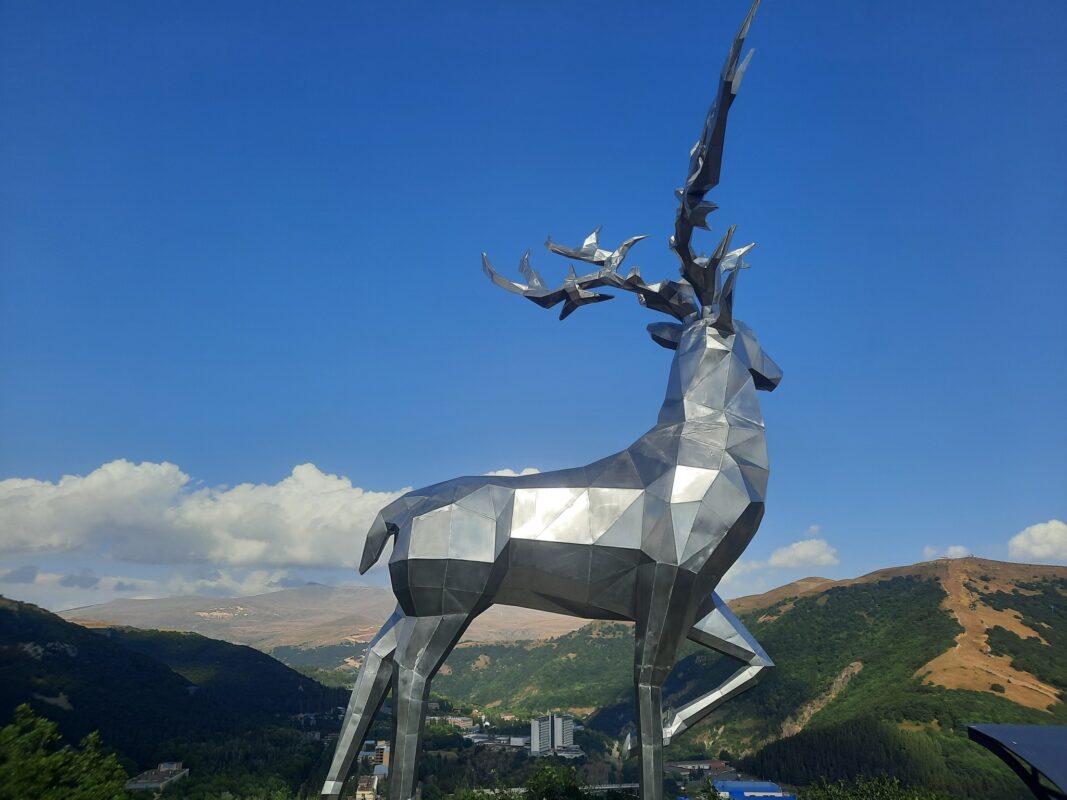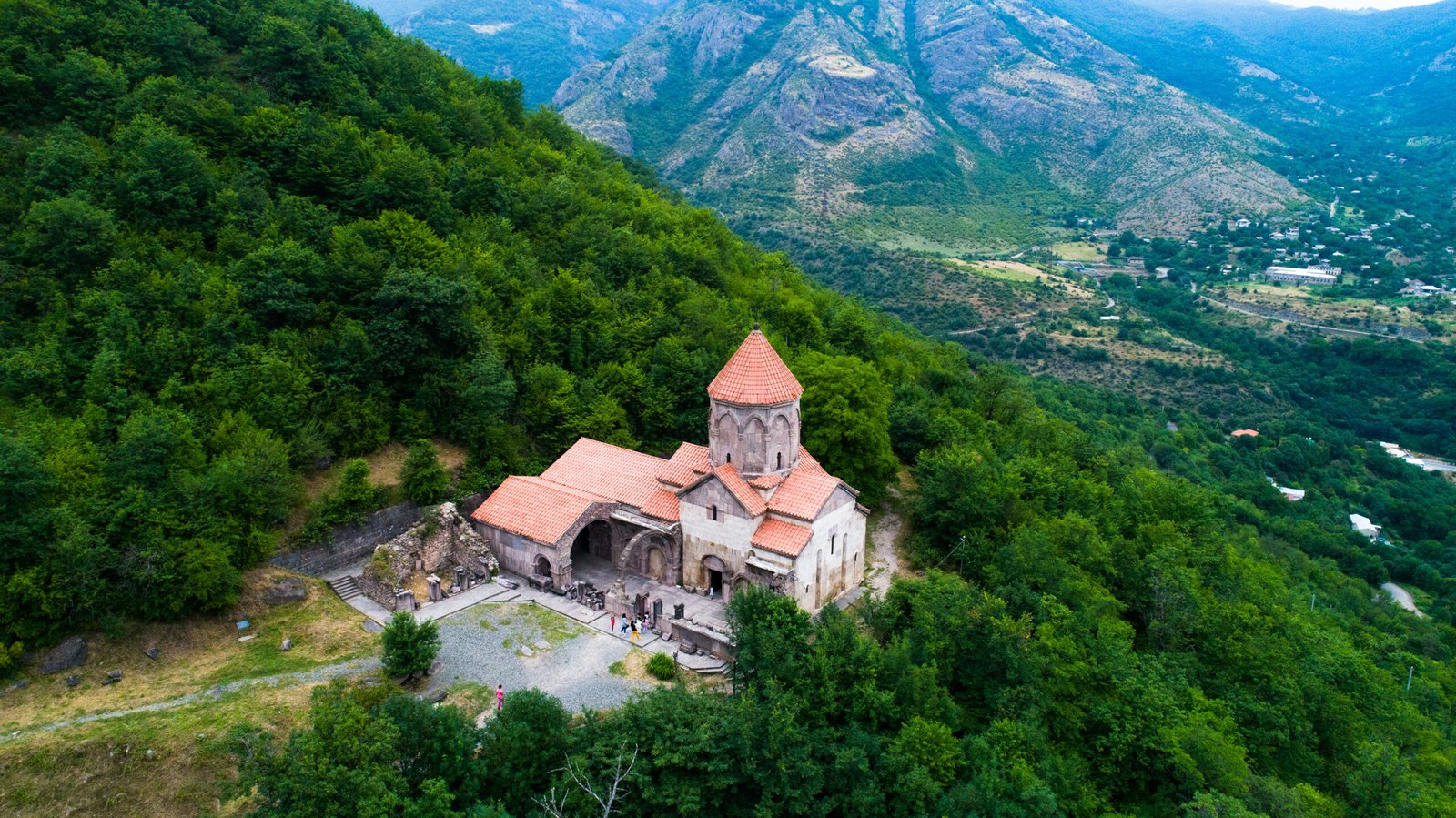Latest Listings
Related Listings
Close To You
Vahanavank

Monastery
1000 m
Historical
Easy
INFORMATION FOR VISITORS
Location: Situated 7 km west of the city of Kapan, Syunik Province, on the right bank of the Voghji River, on the slopes of Mount Tigranasar.
Coordinates: 39°11'31" N, 46°19'28" E.
Period: 9th-11th centuries.
Other Names: Monastery of Vahan Syuni.
OVERVIEW
Vahanavank is one of Armenia’s most remarkable medieval monastic complexes, located in the Syunik region, 7 km west of the city of Kapan, on the right bank of the Voghji River, nestled on the slopes of Mount Tigranasar. More than just a religious site, it is a historical and cultural treasure that captivates visitors with its stunning architecture, rich history, and enigmatic legends.
HISTORY
The monastery was founded in the 9th century by Vahan Syuni, the younger son of Prince Dzagik of Syunik, who found spiritual solace and healing in this sacred place. In 911, the first structure of the complex, the Church of St. Gregory the Illuminator, was built. Over time, Vahanavank evolved into a major spiritual and cultural center, housing a school and a library.
In the 11th century, the addition of the Church of the Holy Mother of God further emphasized the monastery's growing significance. Vahanavank also served as the royal burial ground for Syunik’s rulers, including Vahan Syuni, Queen Sopi, Prince Vachagan’s mother Khashush, King Smbat II, and his successors.
ARCHITECTURAL FEATURES
The main structure, the Church of St. Gregory the Illuminator, is a brilliant example of classical Armenian architecture, built in a domed basilica style. Its proportional design and the use of local tuff stone have ensured the durability of the structure.
The 11th-century Church of the Holy Mother of God is smaller but exquisitely adorned with intricate khachkars (cross-stones) and elaborate carvings. The sculpted entrance bears testament to the craftsmanship of medieval Armenian artisans.
The complex also includes a gavit (narthex), monks’ cells, utility buildings, and a school, all of which played essential roles in the monastery’s religious and daily life. The gavit is distinguished by its intersecting arches, creating a rich spatial composition.
Strategically located with a panoramic view of the Voghji River gorge, the monastery held both spiritual and defensive importance. Surrounded by breathtaking natural beauty, Vahanavank's majestic presence is further enhanced by its dramatic setting.
PRESERVATION AND CONSERVATION
Archaeological excavations began in 1966 and continued for over four decades, uncovering pre-Christian burial sites that confirmed the area's ancient history. Restoration efforts started in 1978, successfully preserving the Church of St. Gregory the Illuminator, the gavit, and the columned hall.
Between 2006 and 2009, further renovations restored the complex’s main structures while maintaining their original appearance. The Church of the Holy Mother of God was previously restored during the Soviet era.
LOCAL TRADITIONS AND CULTURE
Vahanavank is shrouded in fascinating legends. One tale recounts that Prince Vahan, who suffered from mental illness in his youth, was miraculously healed by the monks of Shativank. In gratitude, he built a monastery in his name, dedicating his life to faith.
Another legend suggests that the monastery was inspired by the consecration of Tatev Monastery, prompting the rulers of Syunik to establish a similar spiritual center within their domain.
There is also a mystical belief that Vahanavank once housed a sacred relic that safeguarded the monastery. It is said that this relic protected the site through centuries of wars and natural disasters.
More than just a jewel of medieval Armenian architecture, Vahanavank stands as a powerful historical monument that preserves the grandeur of Syunik’s past. If your goal is to uncover Armenia’s hidden treasures, this monastery undoubtedly belongs on your must-visit list.
Source: "Vahanavank" by Gr. Grigoryan
Facilities
Nearby
Also known as the Fortress of Bagh, this 4th-century stronghold is perched on a rocky outcrop overlooking the Voghji River. It served as a significant defensive structure in medieval Armenia and offers visitors a glimpse into the region’s strategic military architecture.
Dating back to the 17th century, Halidzor Fortress was initially built as a monastery before being converted into a fortress. It played a crucial role during the Armenian liberation movements and provides panoramic views of the surrounding landscapes.
Established in the 9th century, Tatev Monastery is a masterpiece of Armenian architecture situated on a vast basalt plateau. It was a prominent spiritual and educational center and is now accessible via the Wings of Tatev, the world’s longest reversible aerial tramway.
As Armenia’s second-largest forest reserve, Shikahogh is home to diverse flora and fauna, including some species found nowhere else in the country. The reserve’s lush forests and pristine nature make it a haven for eco-tourists and nature enthusiasts.
Rising to an elevation of 3,206 meters, Khustup Mountain is a prominent peak in the region, known for its picturesque landscapes and as the resting place of the Armenian national hero, Garegin Nzhdeh. The mountain offers hiking opportunities with rewarding panoramic views of Syunik Province.

